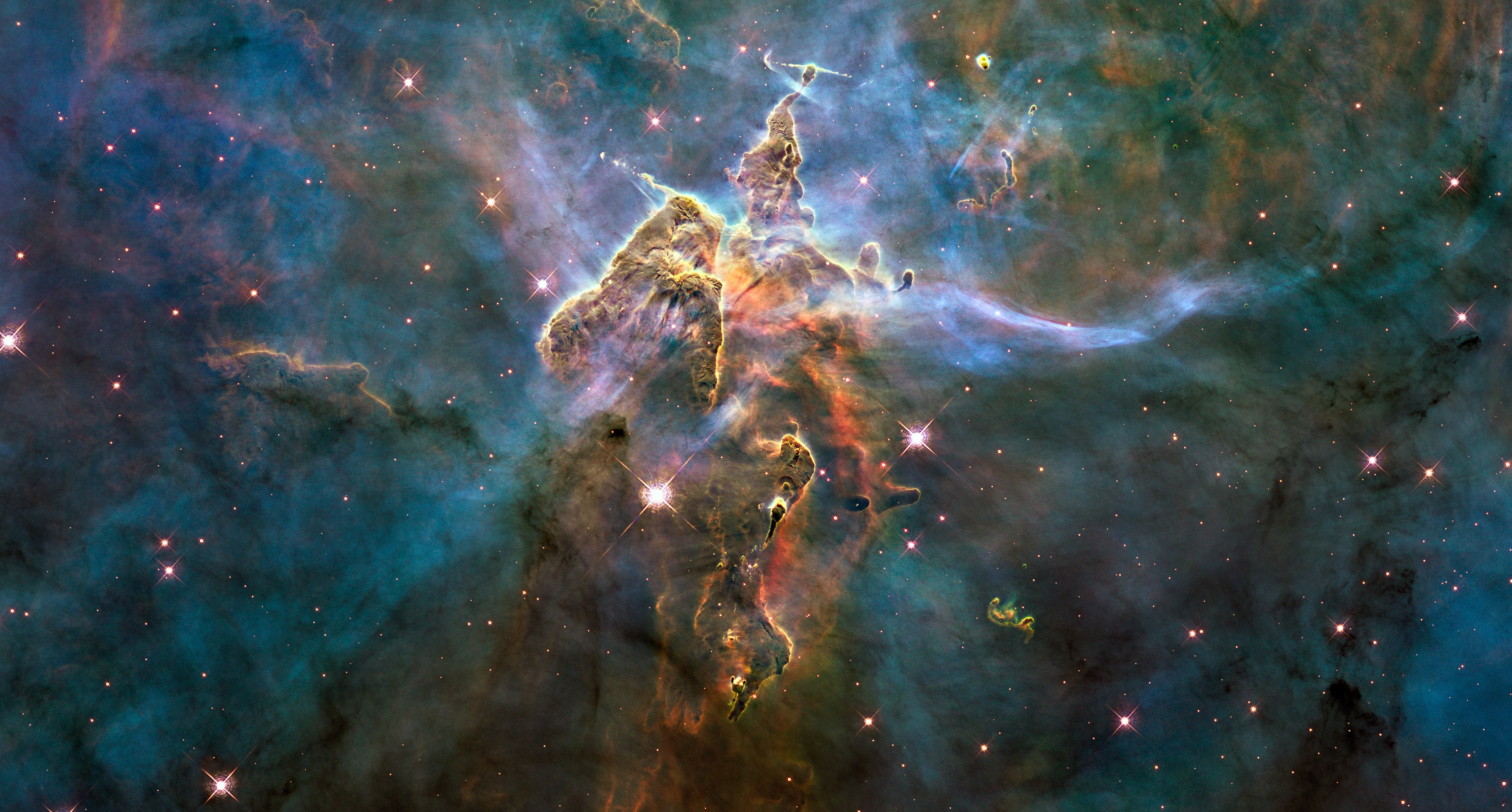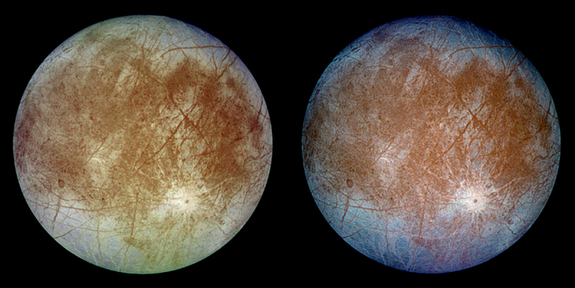[Editor’s Note: the post below appears today at The Huffington Post.]
By Govindini Murty. Hollywood is in the midst of a science-fiction boom, yet few of its sci-fi movies are based on real science. That’s a shame, because the scientific discoveries emerging from NASA these days are as exciting as any Hollywood blockbuster. Whether it’s the stunning images from the Mars Curiosity rover, or the Hubble and Spitzer Space Telescopes’ observations of a dazzling array of exoplanets, or the announcement that Voyager 1 has become the first human-made object to leave the solar system, NASA is daily generating storylines that provoke the imagination and expand our horizons.
What makes these developments intriguing for adaptation into sci-fi movies is that they are real. At a time when audiences are increasingly jaded by computer special effects, there’s something fresh and engaging about a sci-fi movie that might actually have some basis in reality. Isn’t it time that we see more sci-fi films that explore the real mysteries of the universe all around us?

As a case study for a sci-fi movie inspired by NASA science, I recommend that people take a look at Sebastian Cordero’s Europa Report. With a cast that includes Sharlto Copley, Anamaria Marinca, and Michael Nyqvist, Europa Report is currently playing in select theaters and on VOD, and will be available on iTunes starting October 8th. The movie is one of the few sci-fi films in recent years to offer a realistic depiction of a manned mission to outer space – in this case, to search for life on Jupiter’s moon Europa.
I chatted with NASA- JPL astrobiologist Steve Vance, one of the science advisors on Europa Report, at the film’s LA Film Festival premiere. Vance expressed to me his enthusiasm about the movie:
“I’m just thrilled that I got to be part of something that is bringing Europa more into the public eye. I’m really excited about how this movie captures the passion of exploration and also the science.”
Europa has been the focus of much attention in recent years because it may harbor life in the liquid water ocean that is theorized to exist under its icy crust. Vance, who studies the interiors of icy moons like Europa and who is acting staff scientist on NASA’s Europa Project, told me that he and his colleagues are “pre-formulating a mission that we hope will fly to Europa to address the same kind of questions that were addressed in the movie.” The most pressing of these questions is whether life independently developed on another body within our solar system.

Although Vance noted that a manned mission to Europa isn’t currently feasible, due to the difficulties of even sending a human as far as Mars, he explained that NASA is assessing plans to send a robotic spacecraft to Europa (see NASA artist’s concept above): “The mission we’re looking at right now is [that] we’ll do multiple flybys to orbit Jupiter, and do thirty or more flybys of Europa and completely map the surface.” (See this paper in the August issue of Astrobiology on future missions to Europa, co-authored by Vance).
And this brings me to a larger point: whether it’s robotic spacecraft taking photos of the surfaces of distant moons like Europa – or movies that draw on that imagery to dramatize outer-space exploration – visual representation plays a crucial role in bringing science to life.
For example, the photos taken by the Galileo space probe as it orbited Jupiter and its moons from 1995 to 2003 gave the public the most detailed images yet of mysterious Europa and its icy, cracked outer shell. These photos (see below) then inspired the filmmakers of Europa Report. In turn, NASA scientists like Vance hope that movies like Europa Report will inspire public support for future missions back to Europa. In short, art and science play a surprisingly reciprocal role today.

Given how important photos and imagery have been to NASA, I was amazed to read in a recent NASA blog post that in the 1960s, NASA debated whether to even put cameras on board spacecraft. Fortunately, with the Mariner 4 mission that brought back the first close-up photos of Mars in 1965, the agency realized how crucial images were to advancing scientific knowledge and inspiring the public. Continue reading LFM’s Govindini Murty at The Huffington Post: Finding Movie Inspiration in NASA’s Real Science: The Case Study of Europa Report